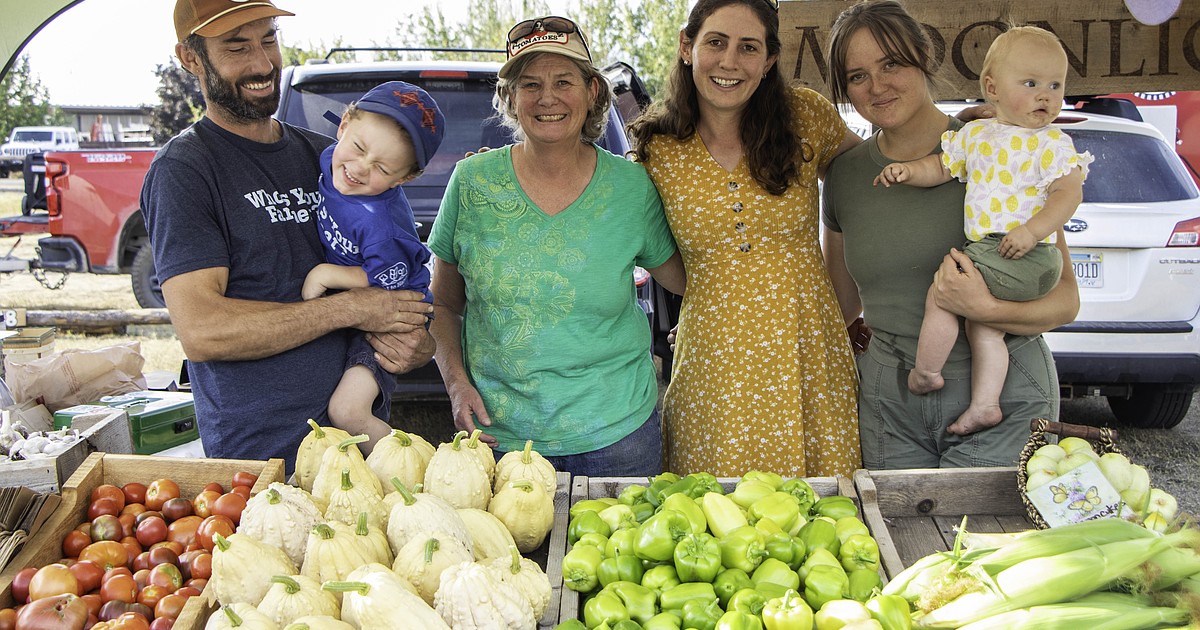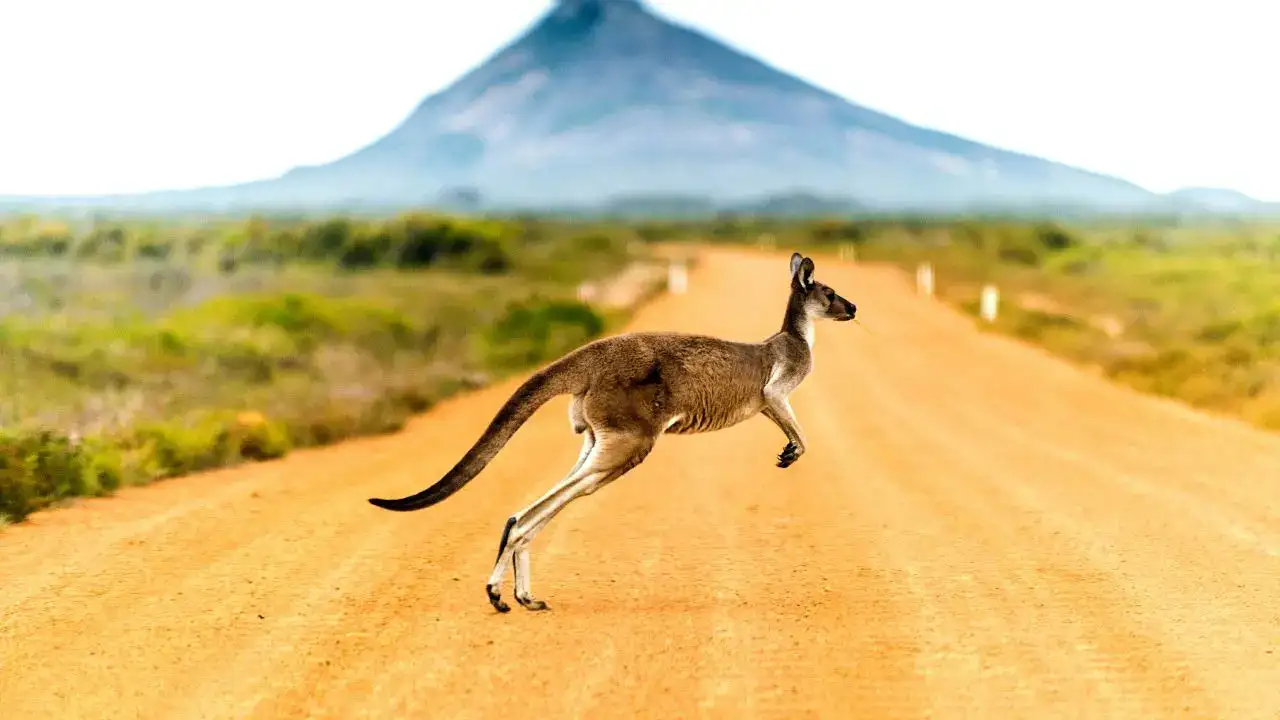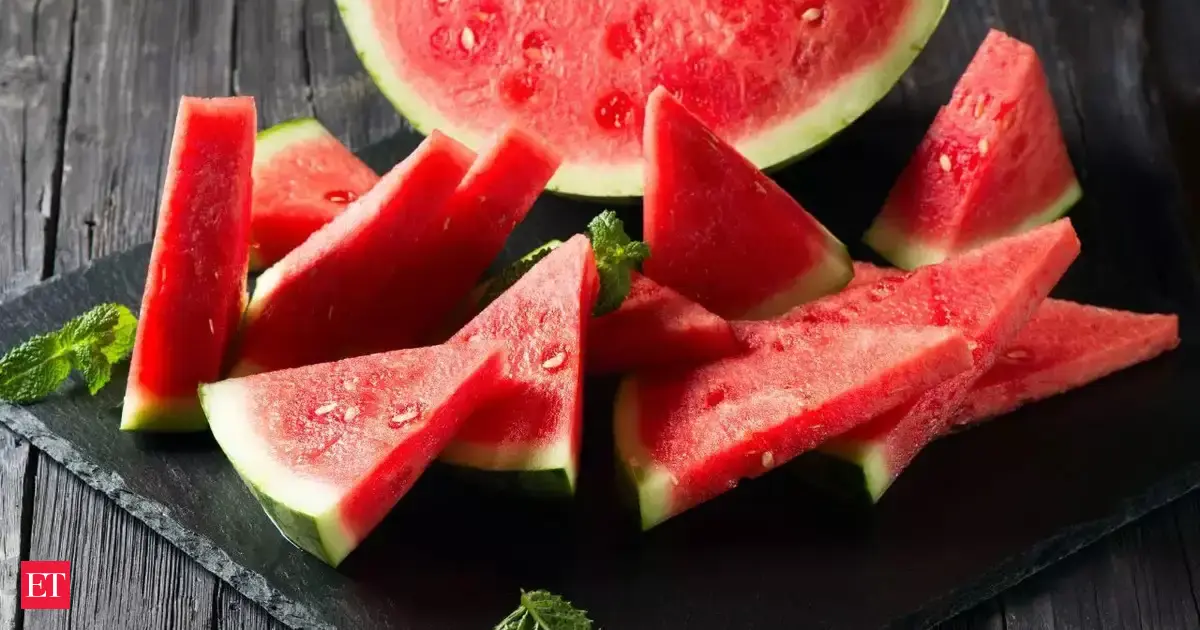
Sheep grazing in a pasture on a farm northeast of Kalispell are doing far more than eating — they are consuming weeds, reducing the need for tilling, all the while leaving behind manure that will enrich the soil.
The sheep are integral to the success of the gardens containing flowers, vegetables and fruit at 345 Farms on the edge of Evergreen. Walking through the pasture, Ellen Mering tells stories about the butcher lambs she and her husband, Andrew, raised earlier in the season.
Using sheep to assist with the biodiversity and health of the soil at the 5-acre farm is a project the Merings plan to expand by taking advantage of a grant for regenerative farming practices from the Montana Farmers Union.
Regenerative agriculture is a sustainable practice that focuses on restoring and enhancing soil health by highlighting the importance of natural ecosystem cycles. Montana Farmers Union began its regenerative cohort last winter.
“We are trying to fill in the gaps and [education on regenerative farming] is just a gap that we identified here,” said union president Walter Schweitzer. “That’s kind of how this all got started and it’s been great.”
A total of five $1,000 grants were awarded statewide and are offered with the support of General Mills.
The cohort includes roughly 40 individuals and farmers who gather to discuss regenerative practices and the implementation through farm tours, interactive webinars and access to professionals and resources.
Throughout the season, the Merings move the lambs, using fencing, to create a rotational grazing system. When in a certain area, the sheep will eat and tear half the grass and trample the other half, a technique that is great for the soil, Ellen Mering said.
“It’s all about enhancing soil,” she said. “In this case, [with the grant money], we are adding fencing to expand the garden in places where lambs have already grazed.”
Pam Gerwe, owner of Purple Frog Gardens near Whitefish, was also a grant recipient for a project. Since 1991, Purple Frog Gardens has grown berries, fruits and vegetables to sell across the valley.
Gerwe’s grant money will go toward purchasing and planting cover crops, which are used to protect and improve soil health.
From suppressing weeds to recycling nutrients, it is a great way to benefit successful growth for the next season, Gerwe said.
“Cover crops are like payback to the soil for the production effort it gives us,” Gerwe said, standing behind the Falls Farm Co-op booth at the Columbia Falls Community Market.
While Gerwe was the recipient, she applied for the grant on behalf of the Falls Farm Co-op so the funds could be used among members of the co-op.
Member Matthew Kyle, owner of Moonlight Farm, plans to plant winter rye as a cover crop this winter.
Emily Farr, owner of Full Table Farm, started the co-op in 2023. The locally farmer-owned, community-supported farm cooperative encourages organic, regenerative and ecological practices that help increase the health of the soil, care for the Flathead Valley’s natural ecosystem and value nutrient-dense food.
It’s a group effort between like-minded people, Farr said, while packaging zucchini for a marketgoer.
Next summer, Kyle plans to plant sorghum-sudangrass, a versatile cover crop that grows fast in warm seasons. The crop produces a lot of biomass, Kyle said, in turn increasing the soil’s organic matter and water content.
There are six regenerative principles on which the union cohort focuses: covering the ground, limiting the disruption of soil, increasing biodiversity, keeping live roots in the ground, incorporating animals into the rotation and knowing the context to adapt.
“[This cohort] was just to give our members, and farmers and ranchers in general, a little bit of education on what regenerative agriculture is and how they could implement these practices on their own farms and ranches,” Schweitzer said.
For Gerwe and Mering, their projects fit right in with the principles the cohort is amplifying.
Putting like-minded people together to talk about something like regenerative farming is a great way to learn about new techniques and approaches, Mering said.
“It’s a more sustainable way to live,” Mering said of regenerative practices. “Conventional agriculture destroys the soil, kills all the microbes. It just makes for a less nutritional crop.”
There are varying approaches to regenerative agriculture, Schweitzer points out, if 10 different people are asked what regenerative agriculture means to them, there would probably be 10 different answers.
“It really is about sustainable agriculture,” he said. “It’s to build a healthier ecosystem, to be more resilient, in some ways working with nature rather than against it.”
Learn more about the Montana Farmers Union or the Regenerative Farming Cohort at montanafarmersunion.com.



